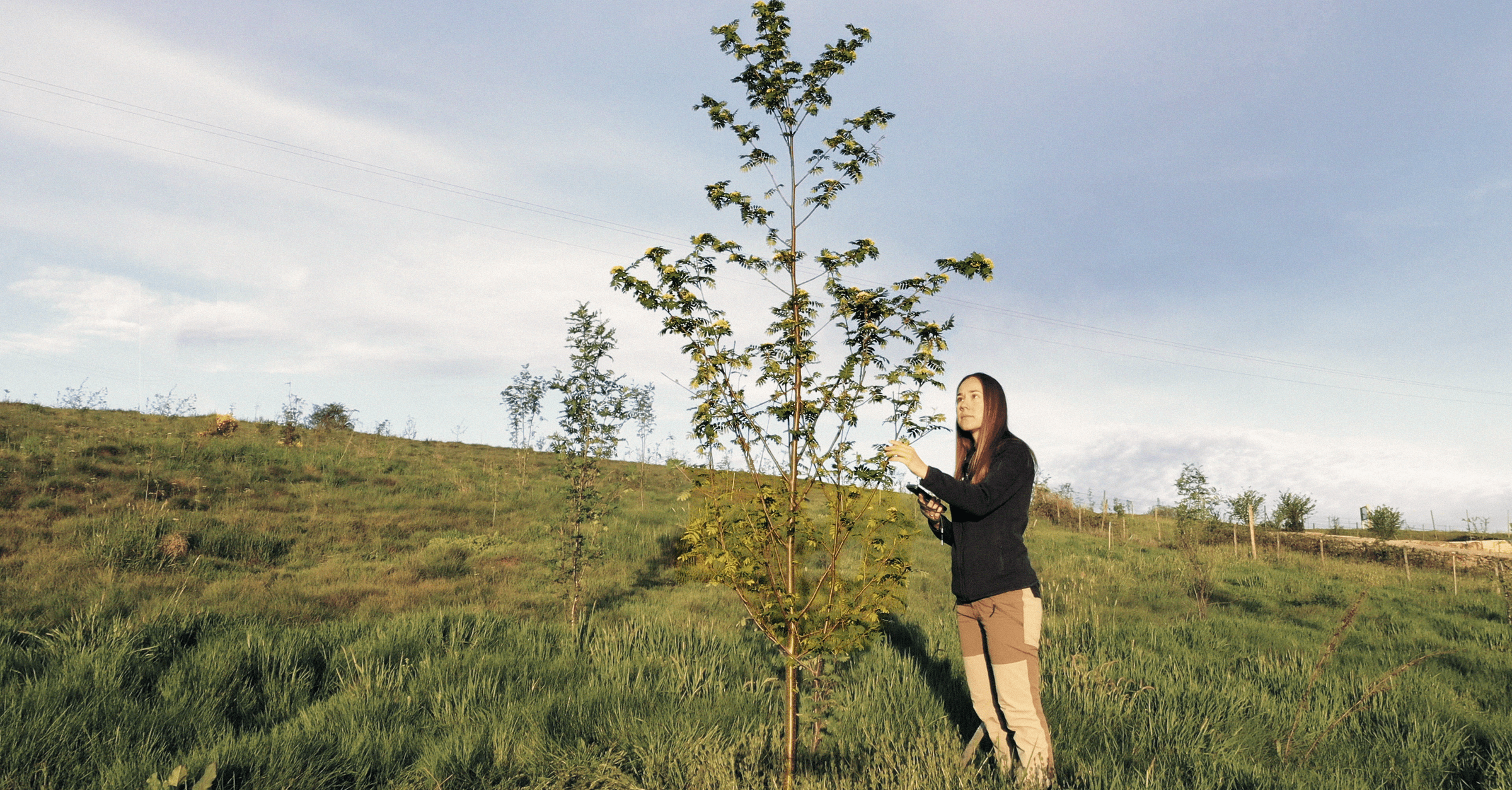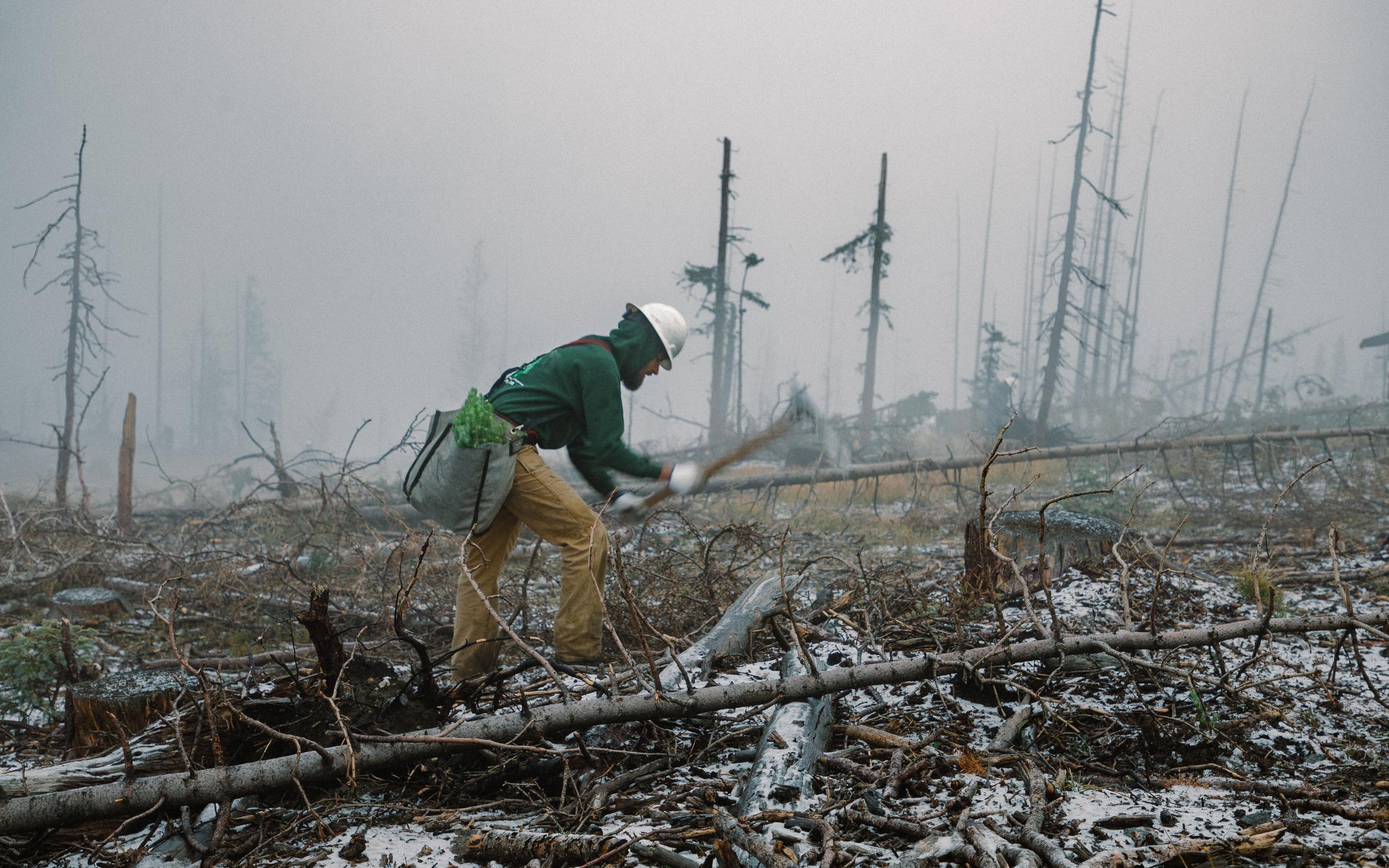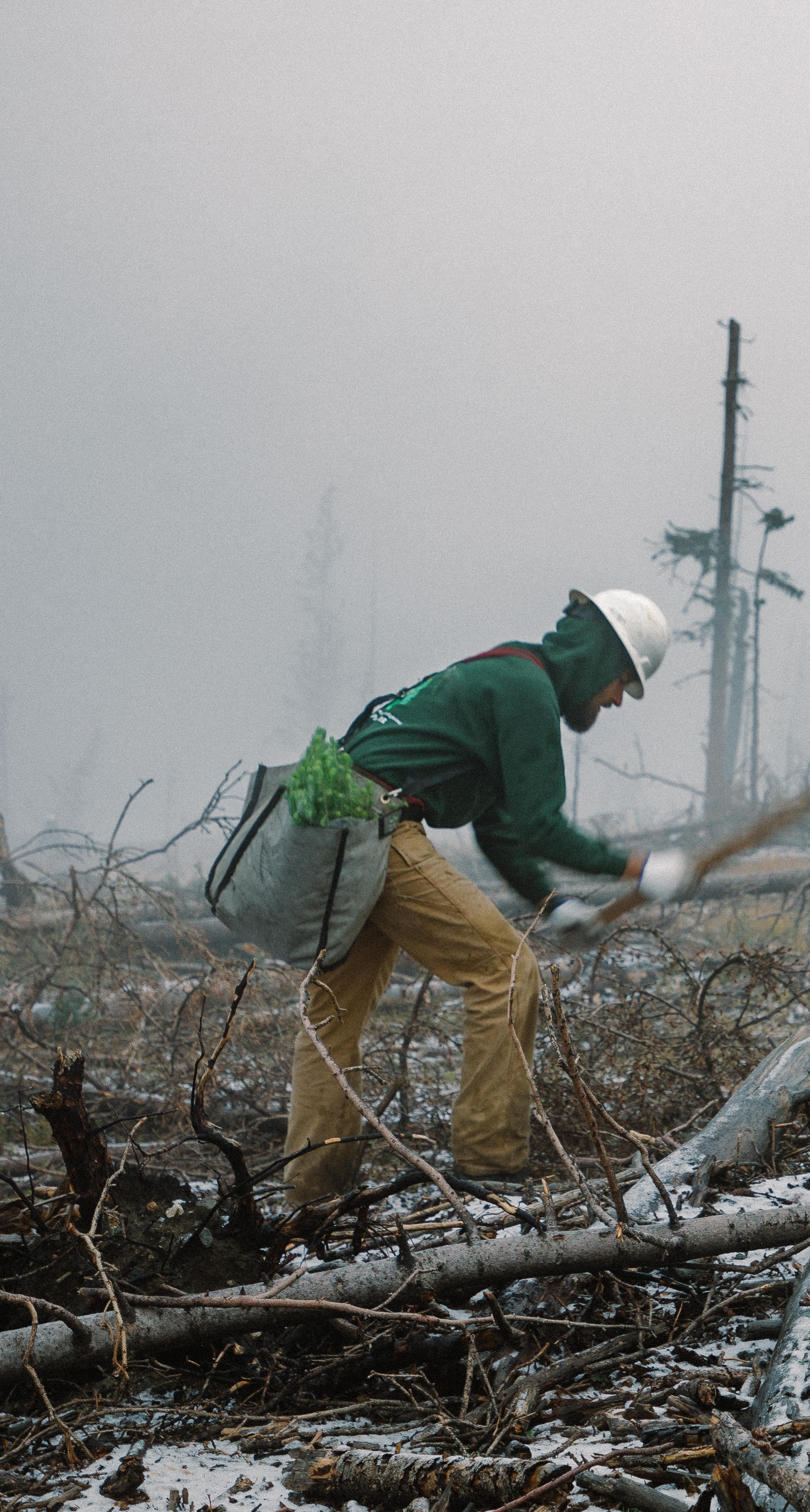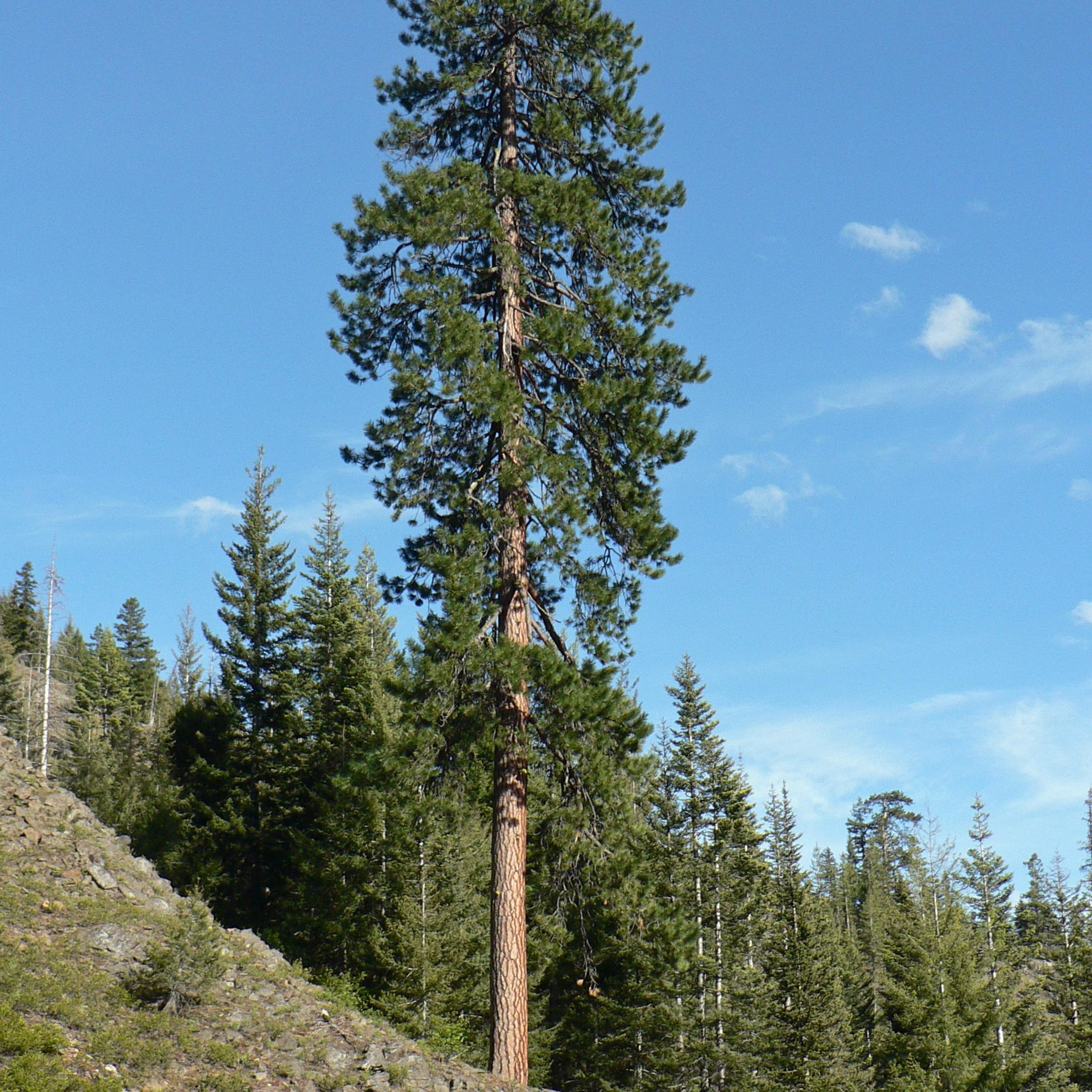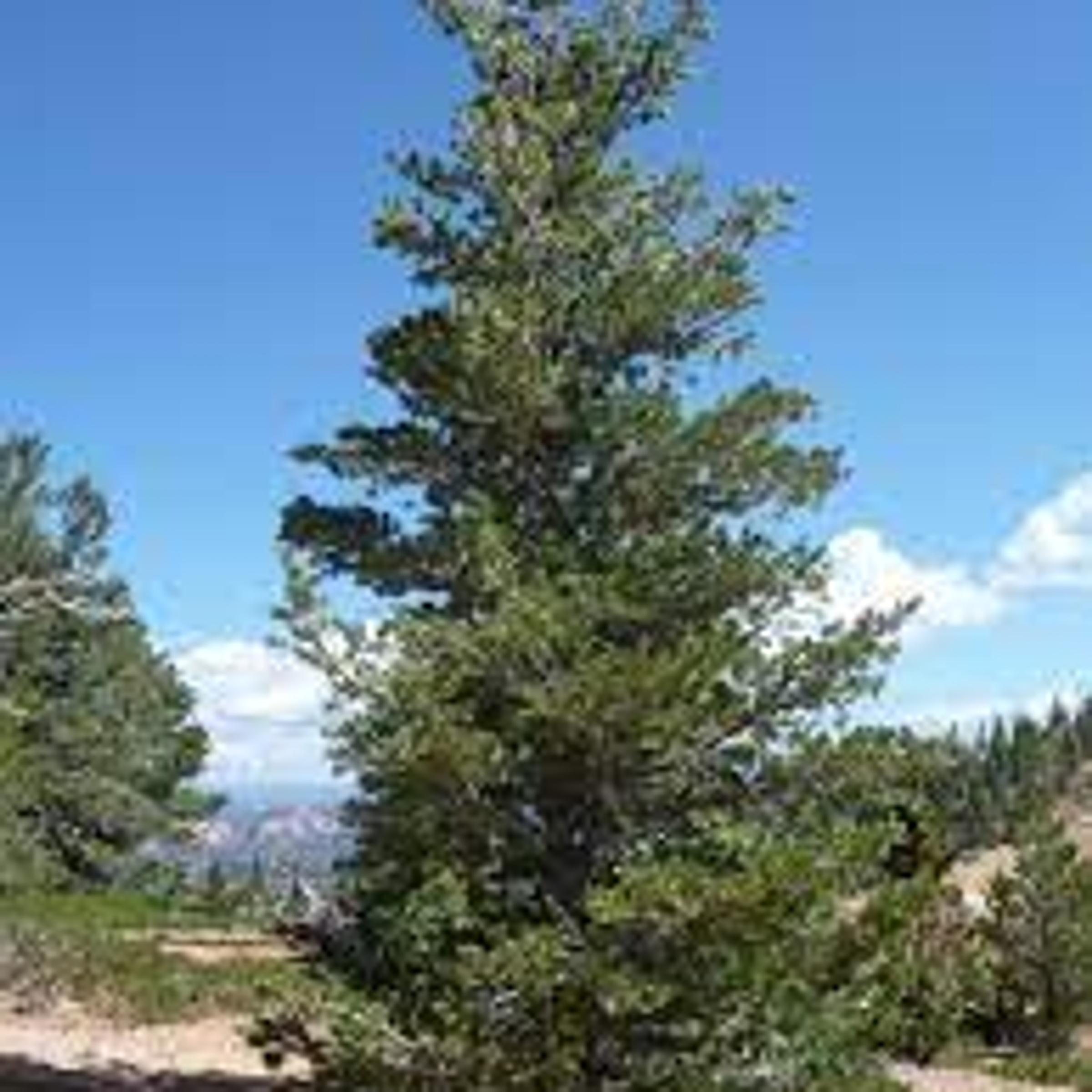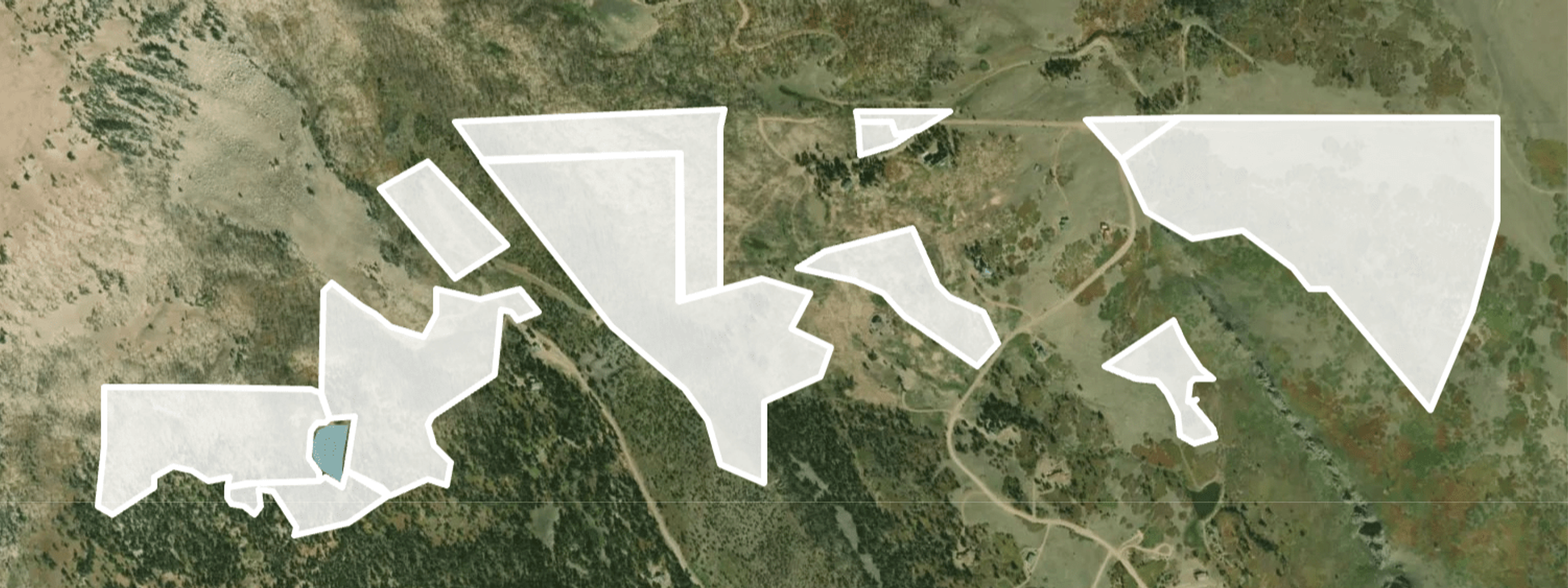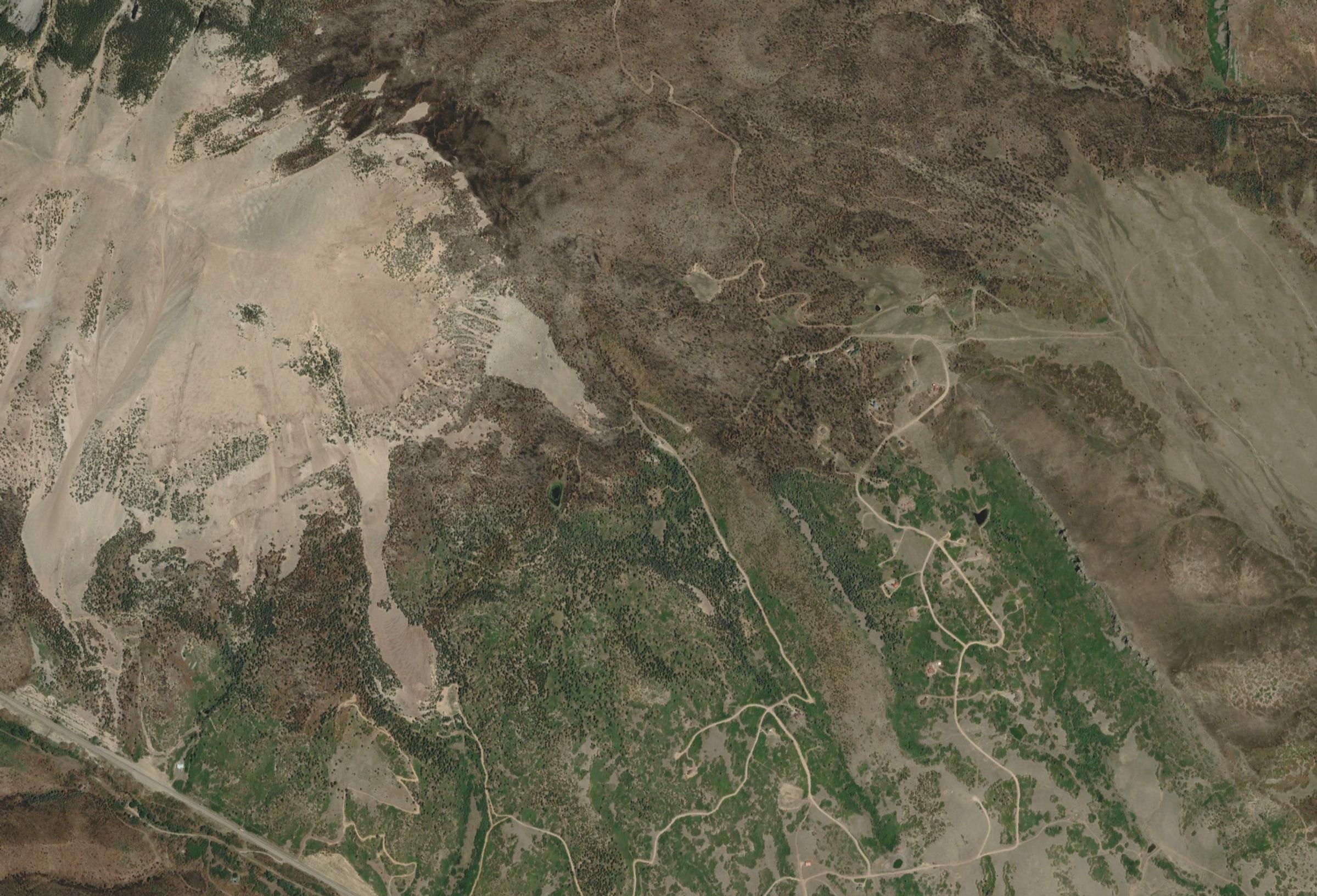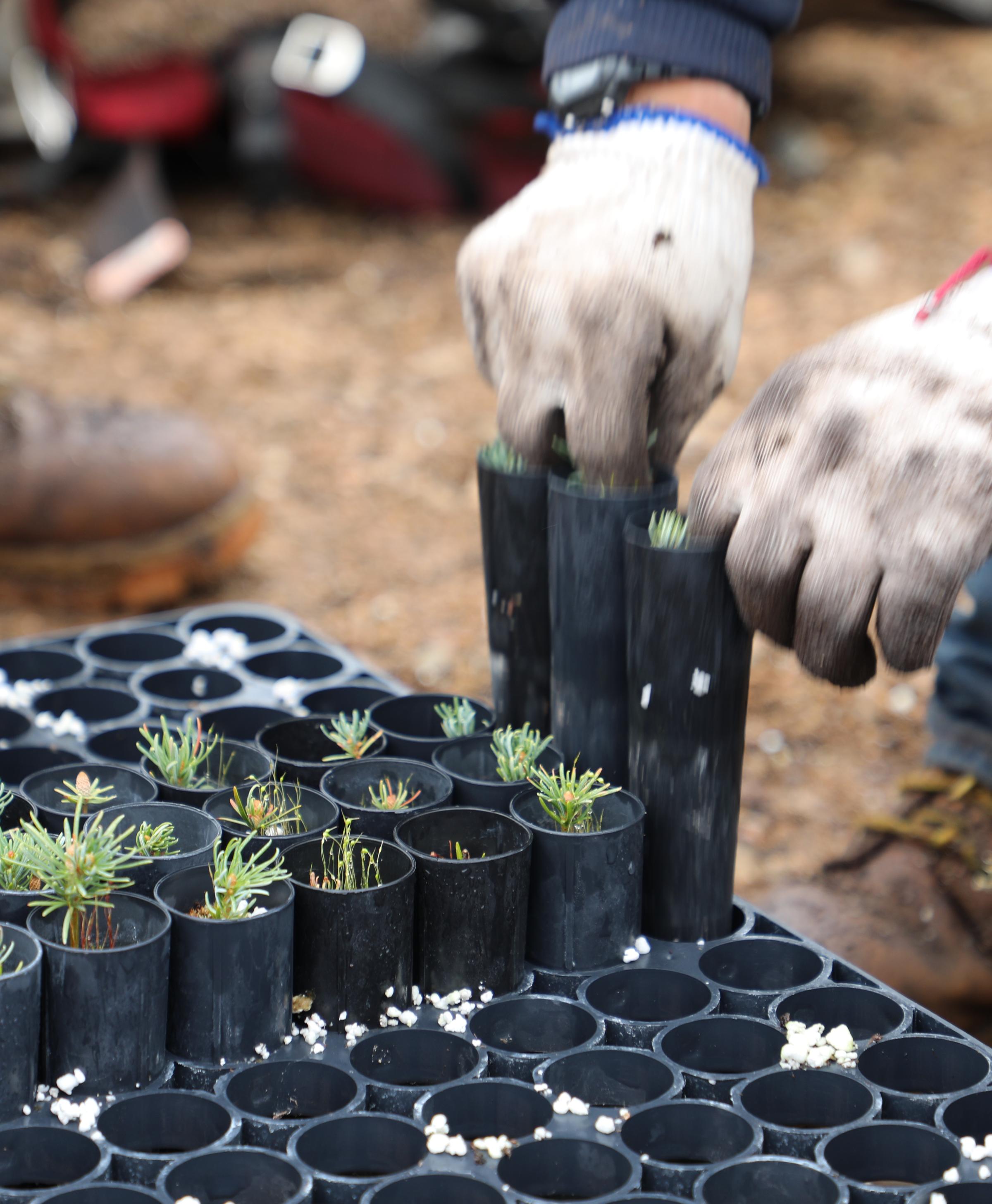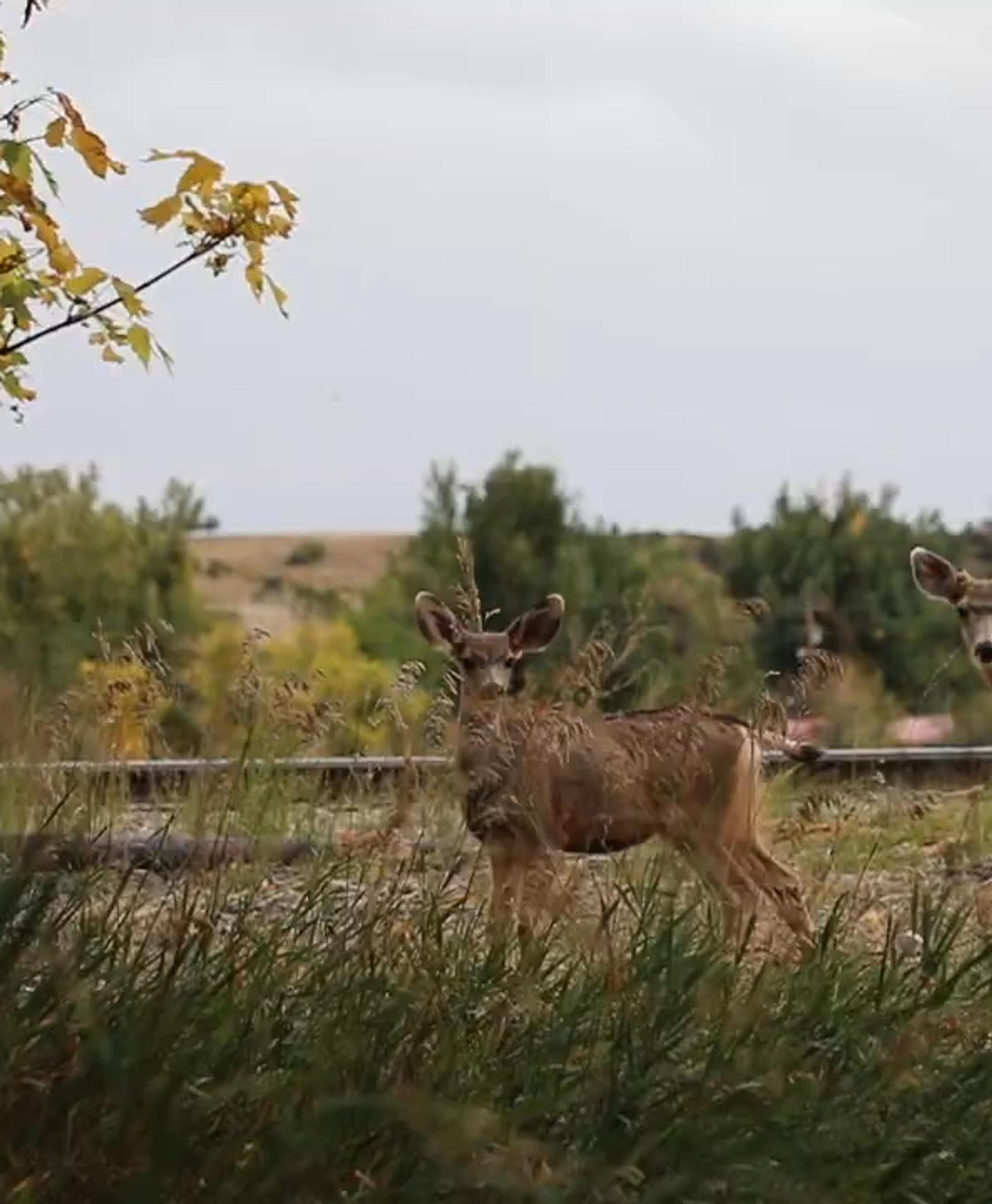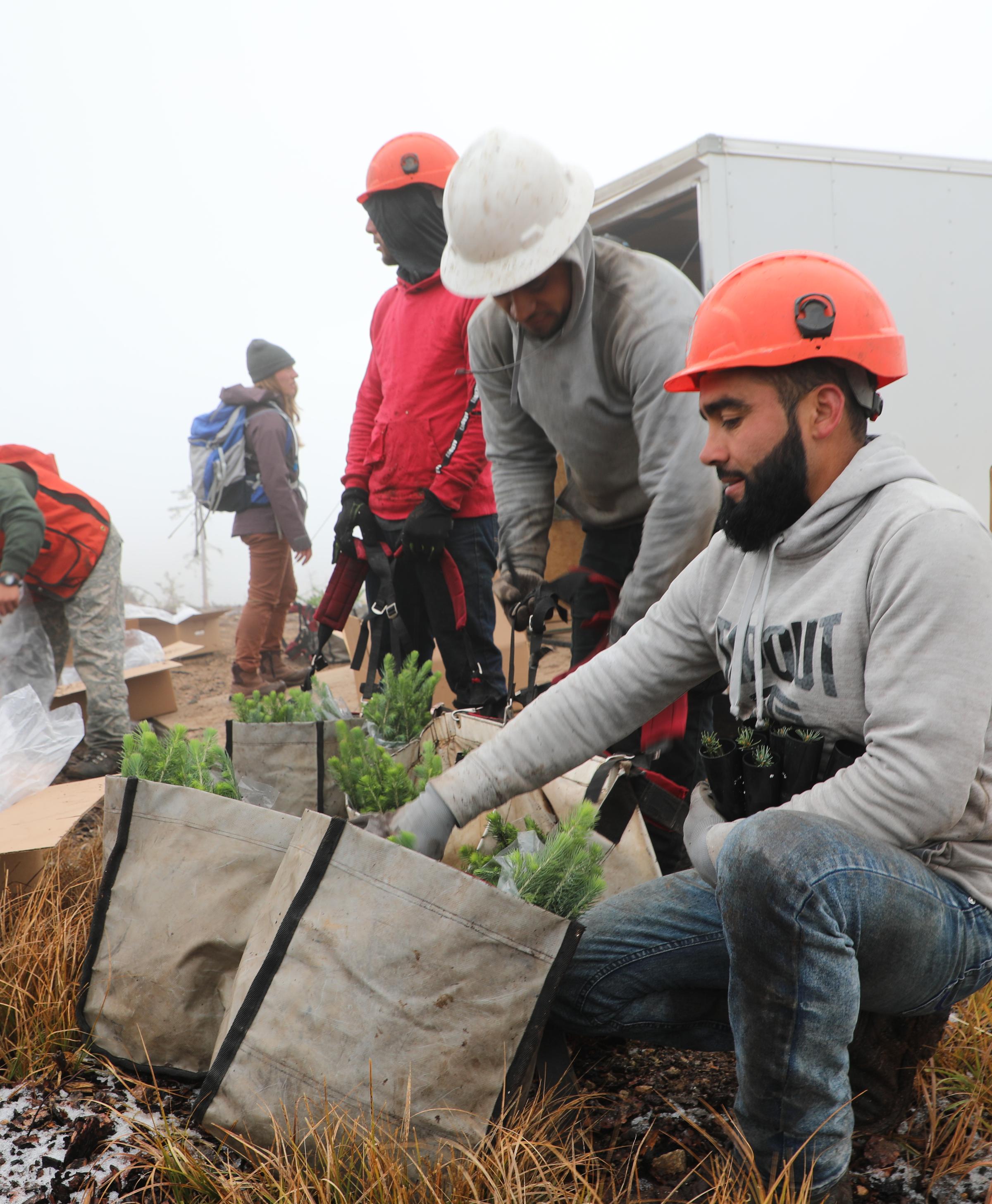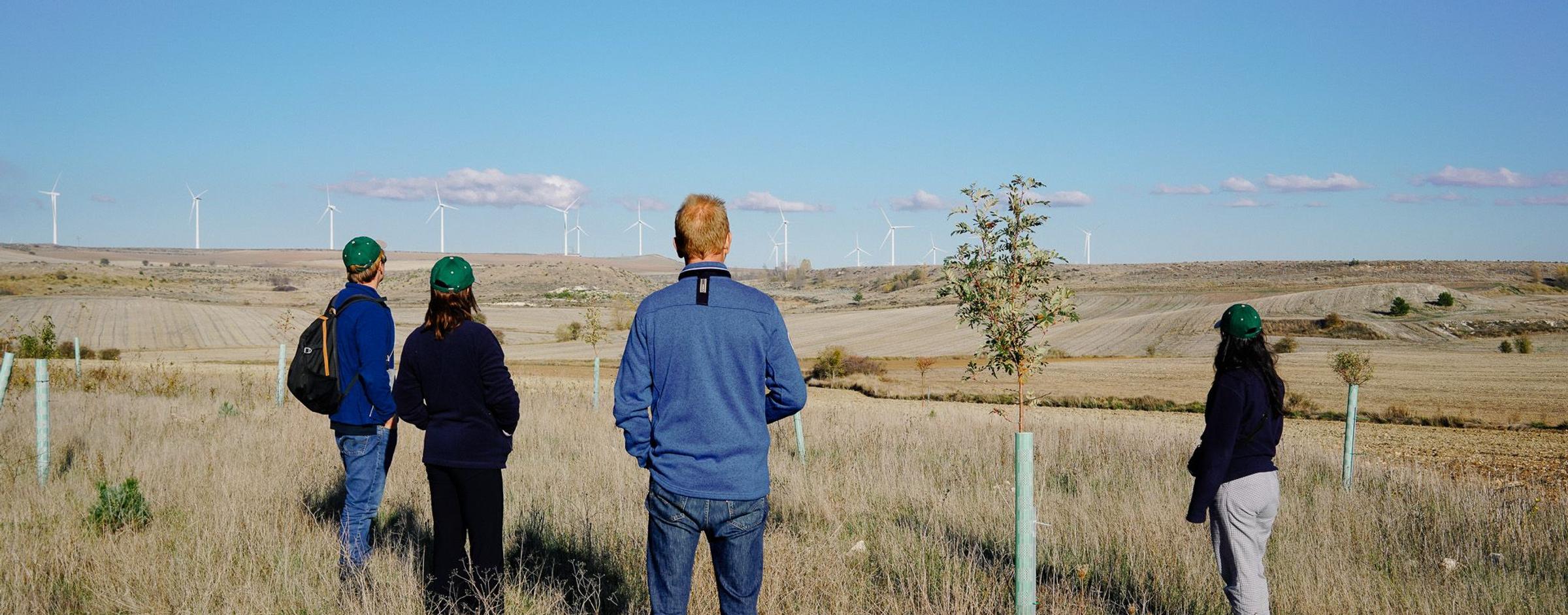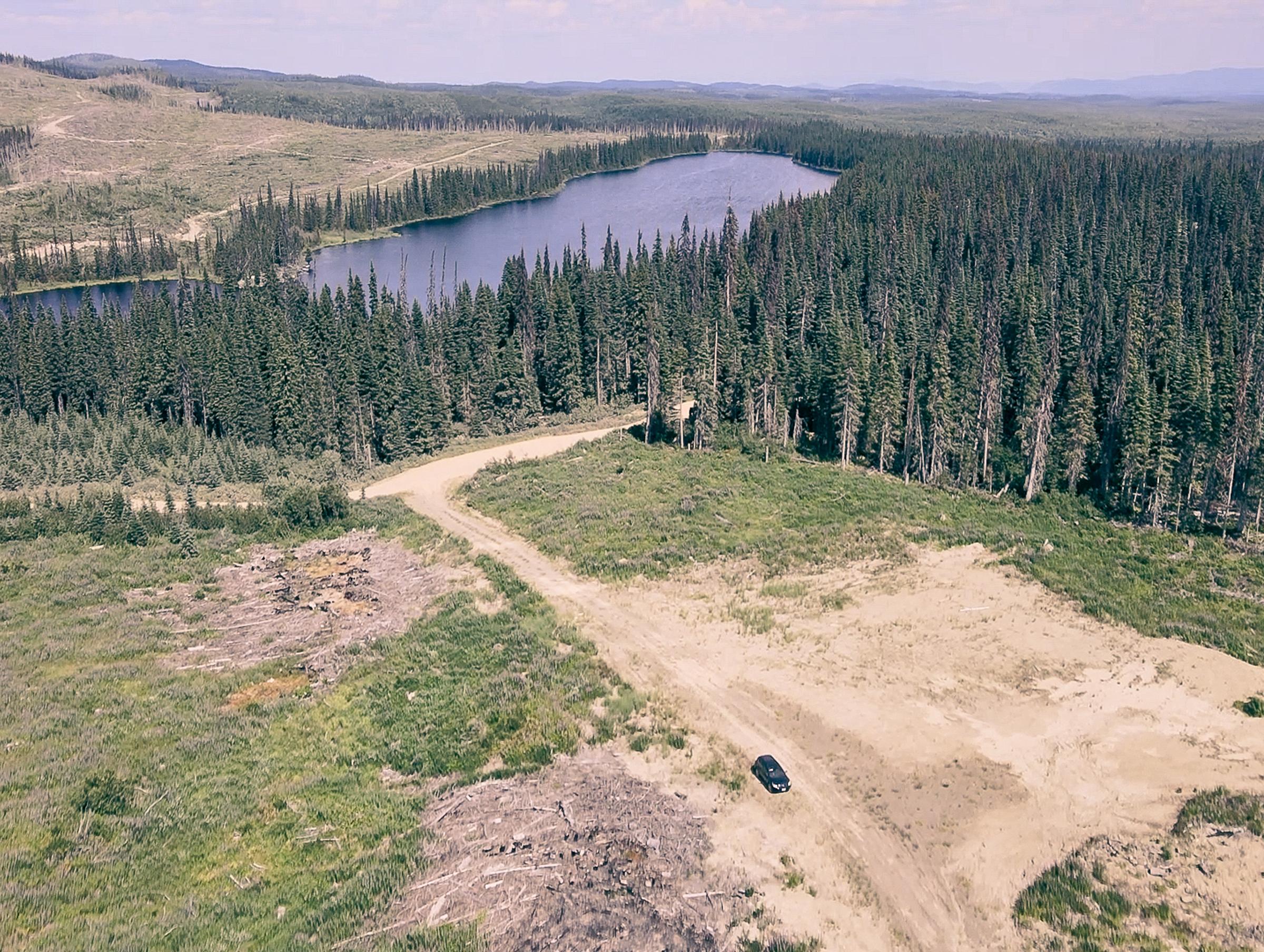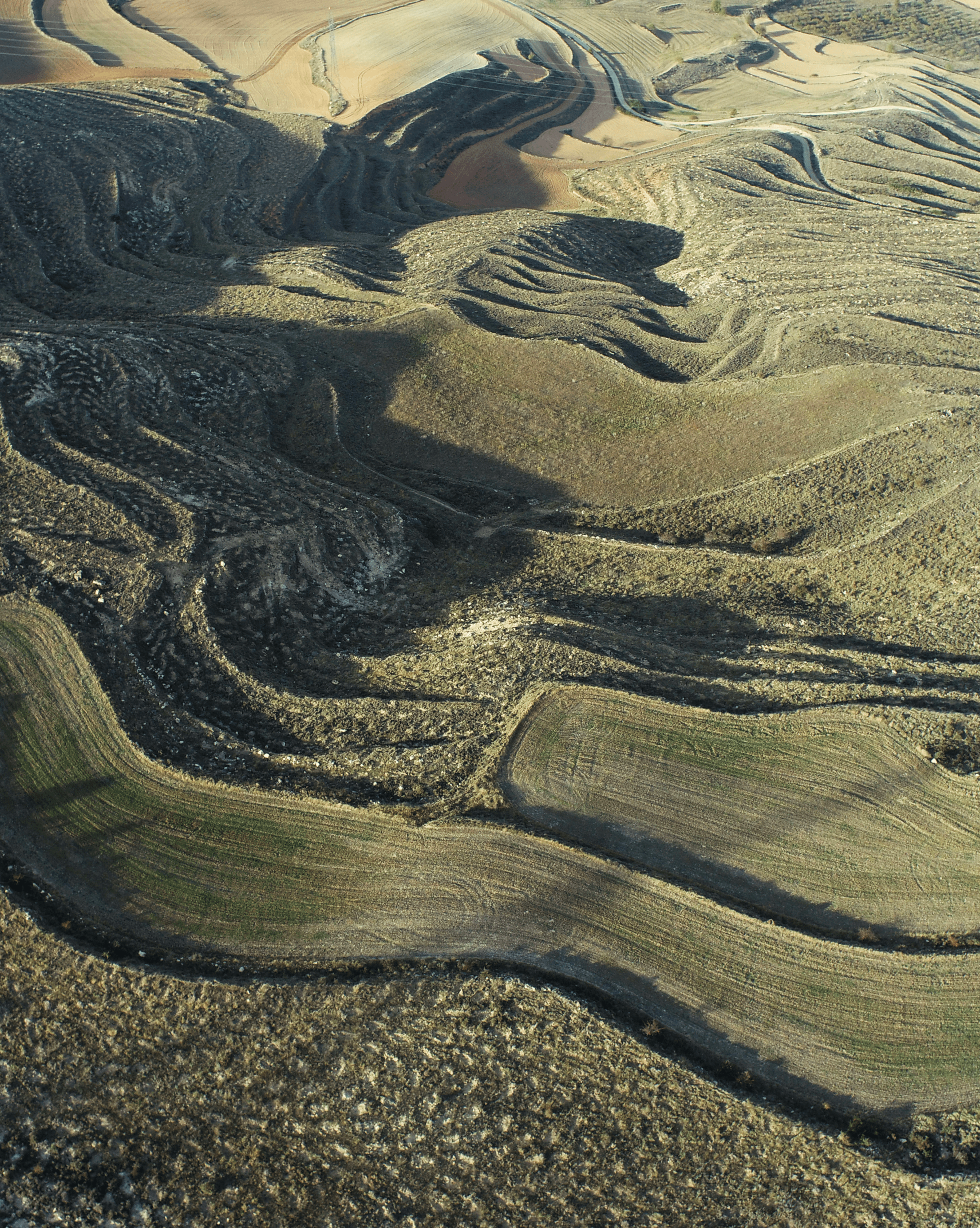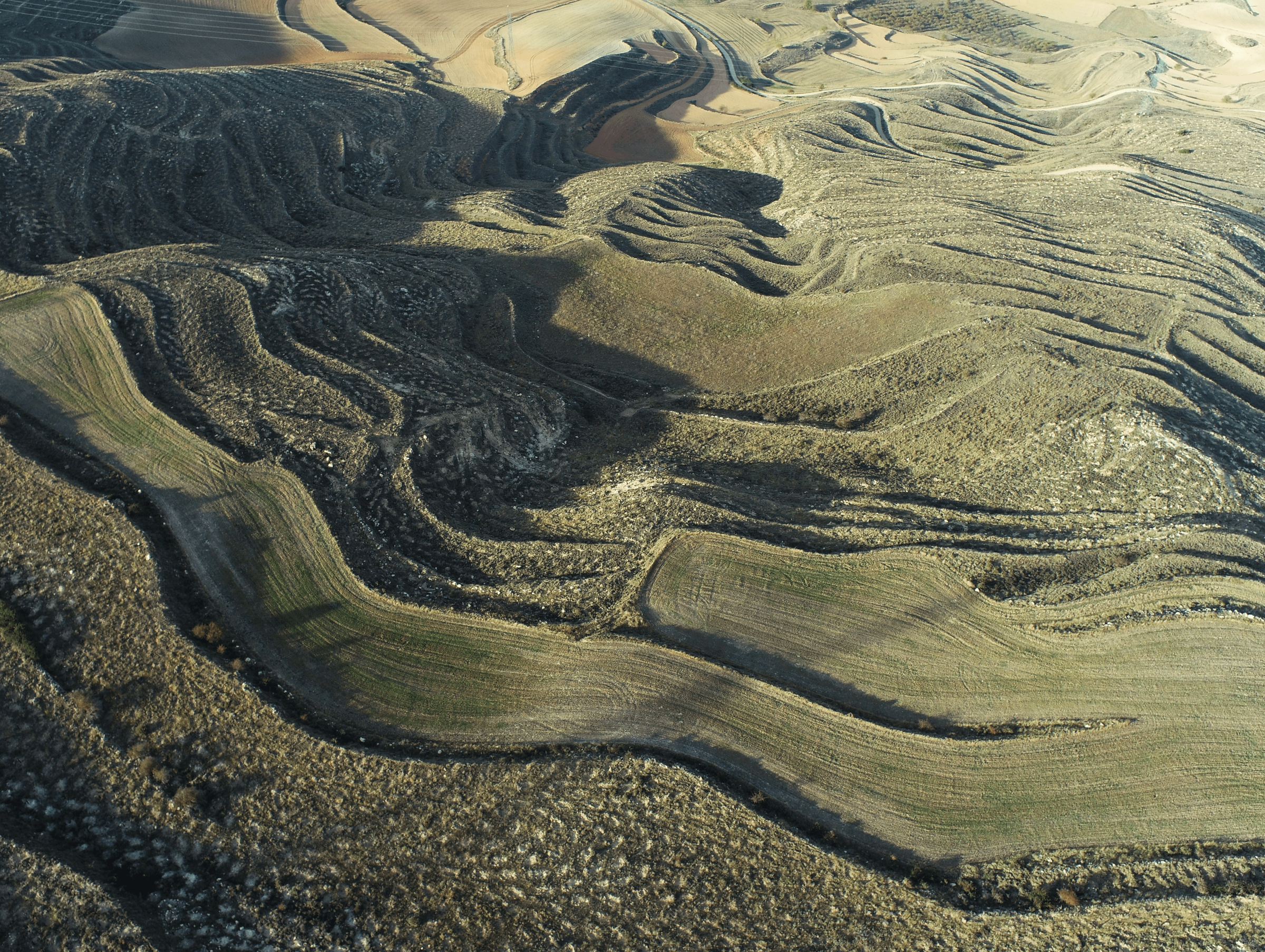Post-Wildfire Land Restoration in Colorado
- COLORADO, US
- 2022
Understanding Nature Restoration After Wildfires
How Do Wildfires Impact Forests?
When it comes to forests, not all fires are bad. Many types of forests need fire to thrive as it removes dense vegetation, creates open patches for wildlife and helps pine cones release their seeds. Low and moderate-intensity fires can also reduce the likelihood of future, large-scale catastrophic wildfires.
However, when fire is suppressed in forests as it has been e in much of North America for over 100 years - the result is the massive fires we have seen in the last decade. These are fires that burn at high intensity, destroying hundreds of thousands of acres, and threatening both human and wildlife populations.
Some forests burned by these high-intensity wildfires do not regenerate on their own or face invasion of weeds that further extend the timeline for forest recovery and increase the risk of return fires . It is in these challenged landscapes, where forests struggle to return, that Land Life believes reforestation work is most valuable.
Land Life's expertise extends to restoring lands affected by wildfires and other causes of degradation, such as pests and diseases, or areas suffering from rural abandonment, each presenting unique challenges and restoration approaches.
Land Life’s Approach to Post-Wildfire Restoration
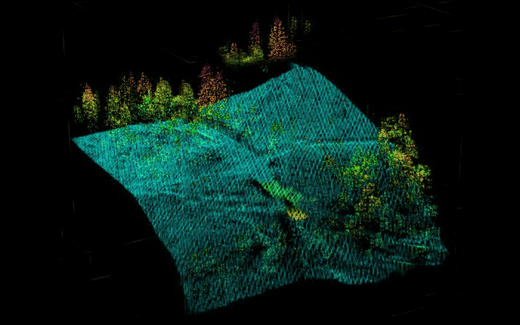
Land Life has developed tailored strategies to rehabilitate land devastated by wildfires. Our approach combines scientific understanding with practical experience, focusing on rebuilding resilient ecosystems designed with fire breaks to reduce the risk of fire events.
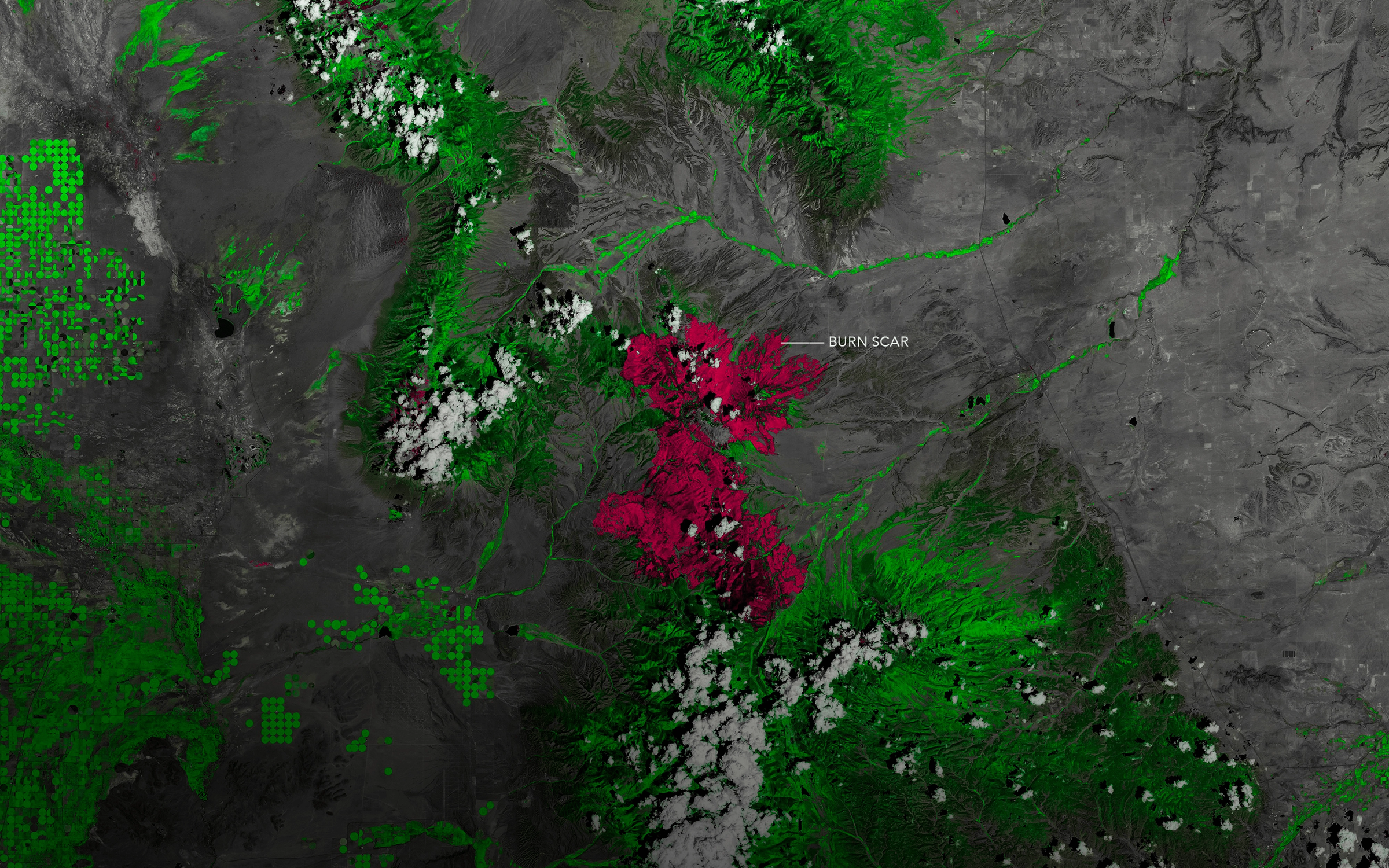
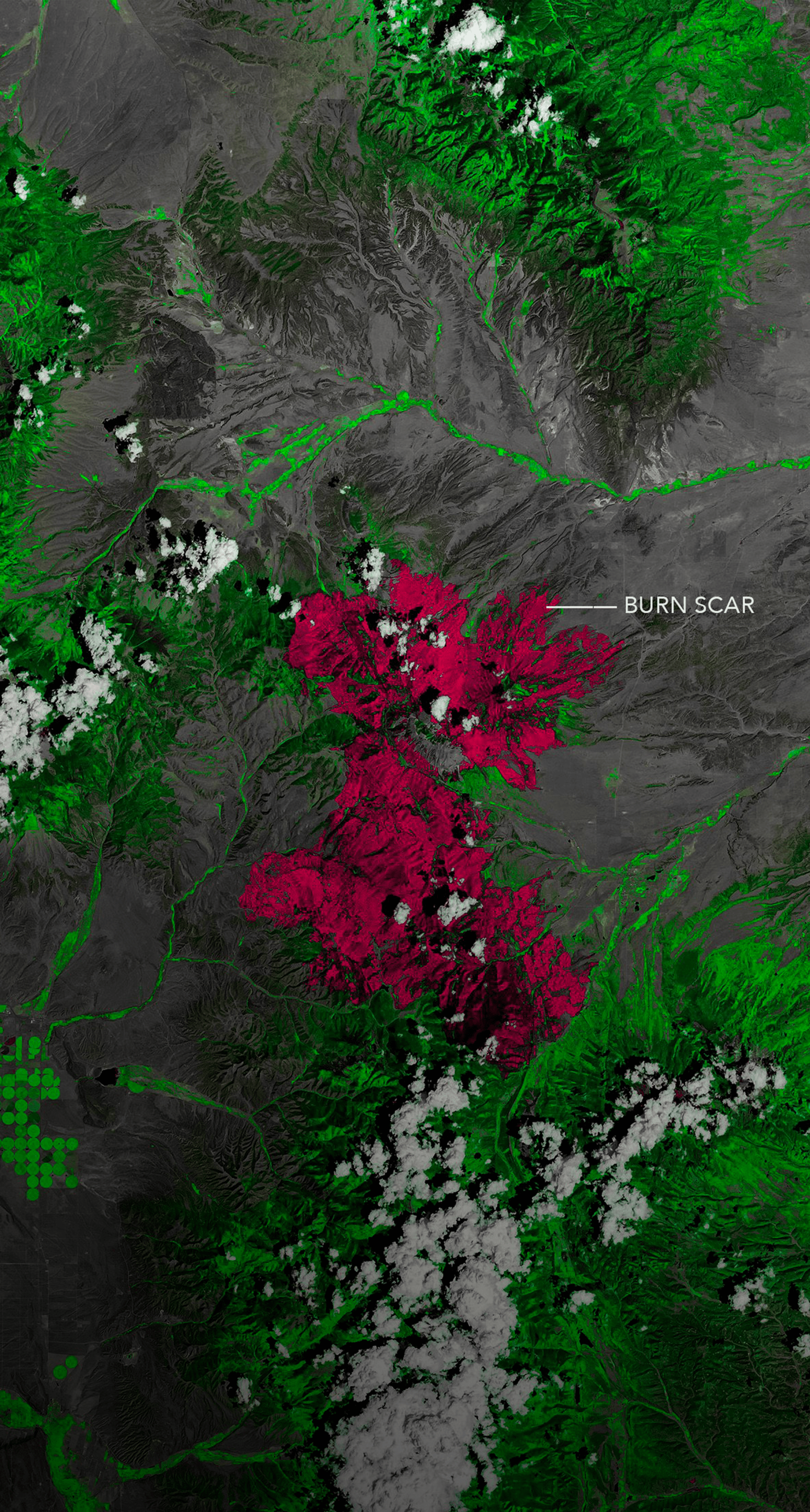
Land Life Project: Spring Creek Fire, Colorado
The Spring Creek Fire occurred outside of Fort Garland and La Veta in Southern Colorado in July 2018. The fire burned 108,045 acres (437 square kilometers), which at the time was the third-largest fire in Colorado's history. Even now, five years later there are sections of the forest that have little regrowth of trees. To help this ecosystem recover, to support landowners impacted by the fire, and to recreate important habitats for species like the Rocky Mountain Elk and Canadian Lynx, Land Life has been working in this region since 2021. Image source: NASA.
Project Highlight
Reviving Spring Creek: Land Life's Plan After the Wildfire
Land Life partners with Ecoculture, landowners, and local universities to design and implement nature restoration in the Spring Creek fire footprint. Working together, Land Life's high-integrity nature restoration projects prioritize quality and efficiency. The restoration strategy involves focusing on native species that are not coming back on their own post-fire, collecting seeds from nearby to ensure locally appropriate trees, planting species that are adapted to drier and hotter conditions to increase climate resiliency, and low-density cluster plantings that mimic historic forest conditions and create a more fire-resilient system. Finally, we work with private landowners who may not otherwise have the funding, capacity, or technology to complete this restoration.

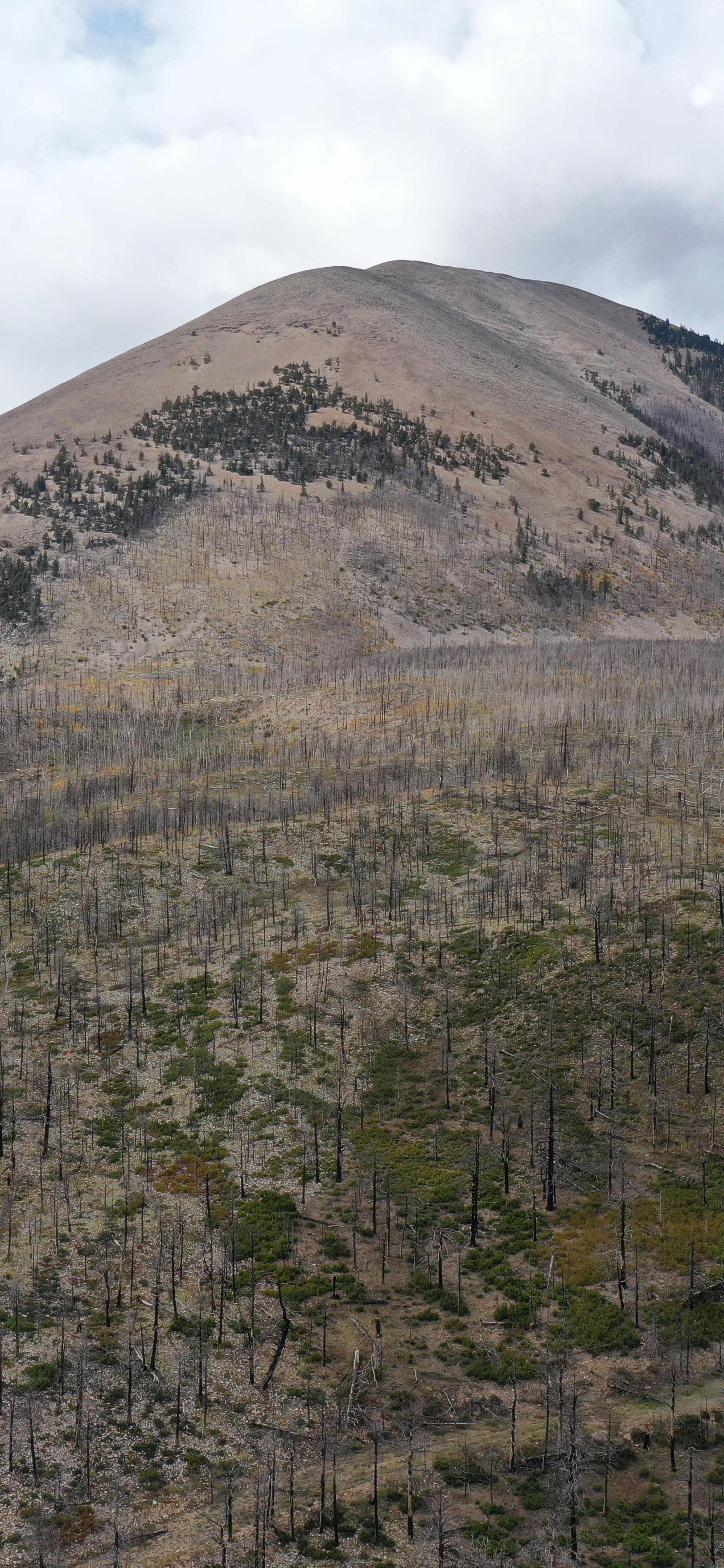

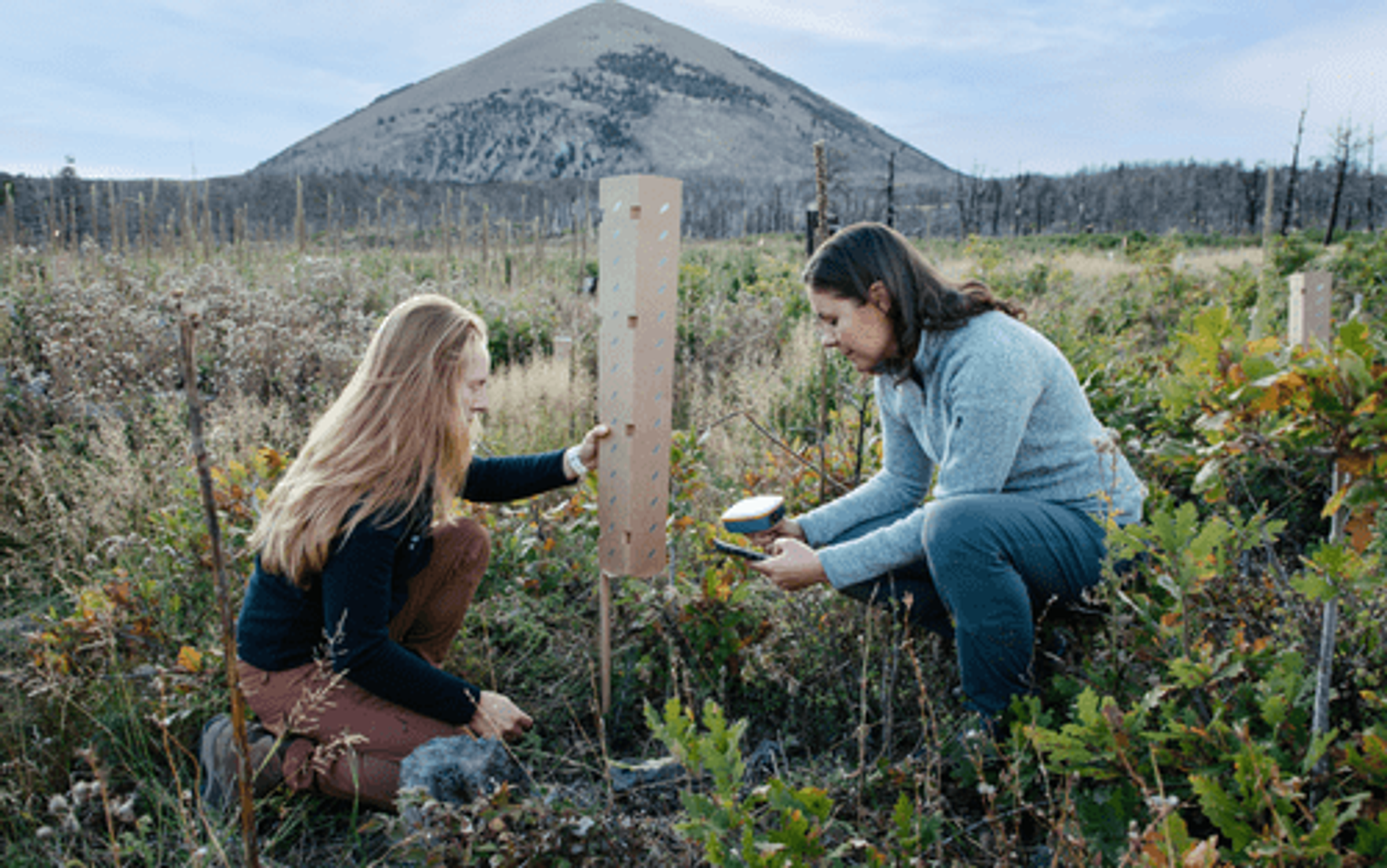
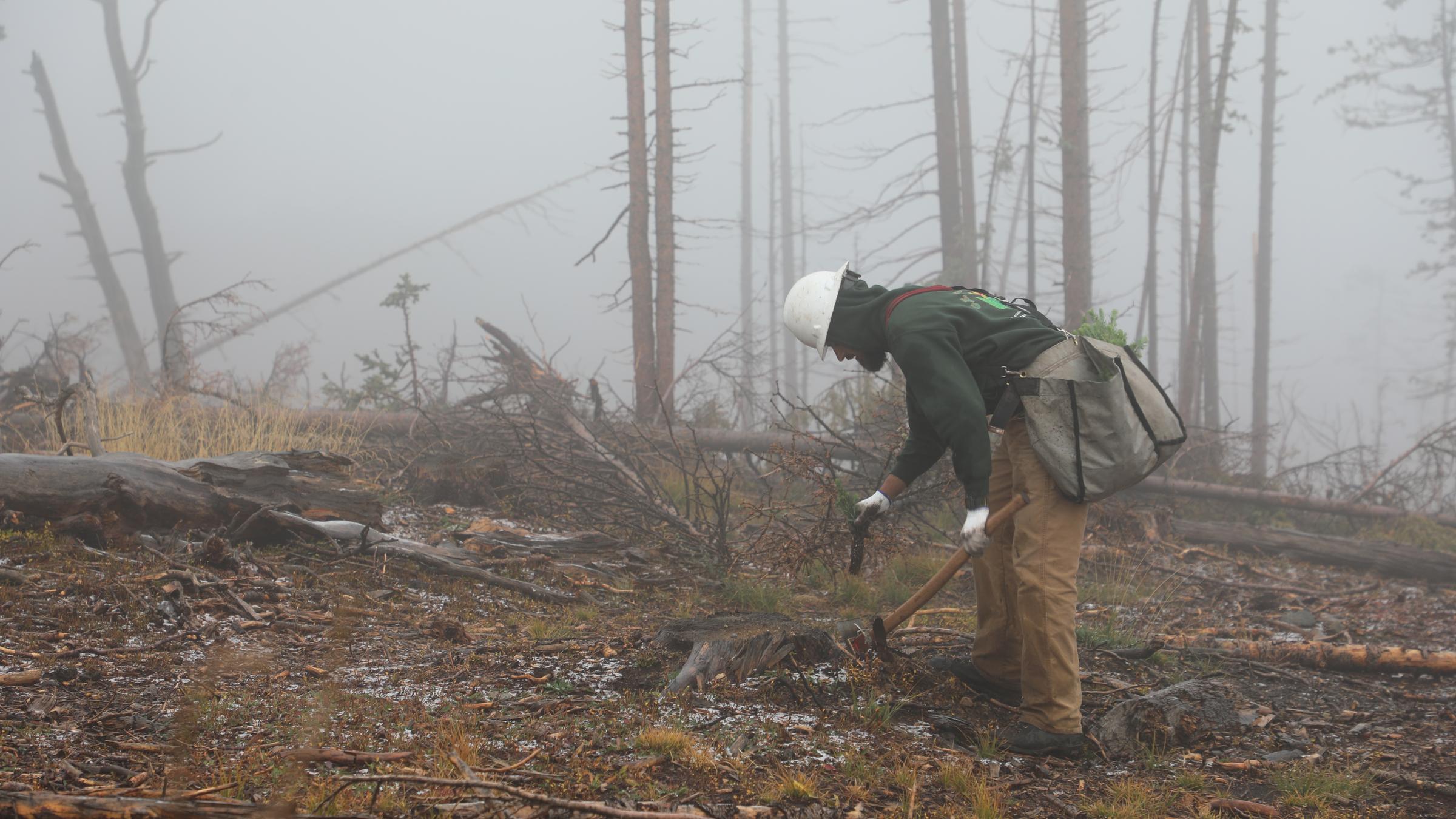
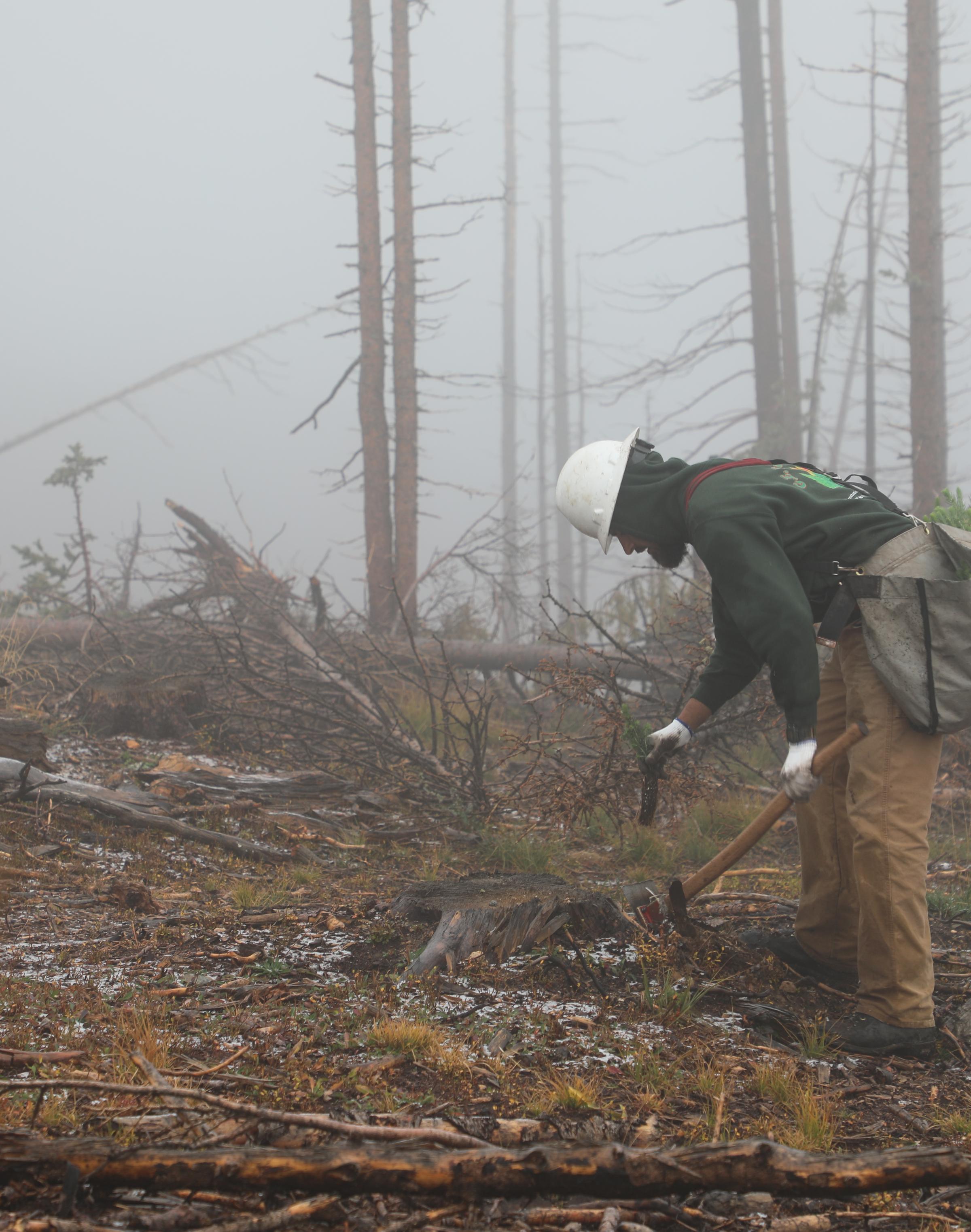
Reforesting Colorado — Our Reasons Why
Video
Beyond Carbon
Who did we work with?

Planting Crews — Land Life works with local planting crews, hired by our local partner, Ecoculture.
EcoCulture
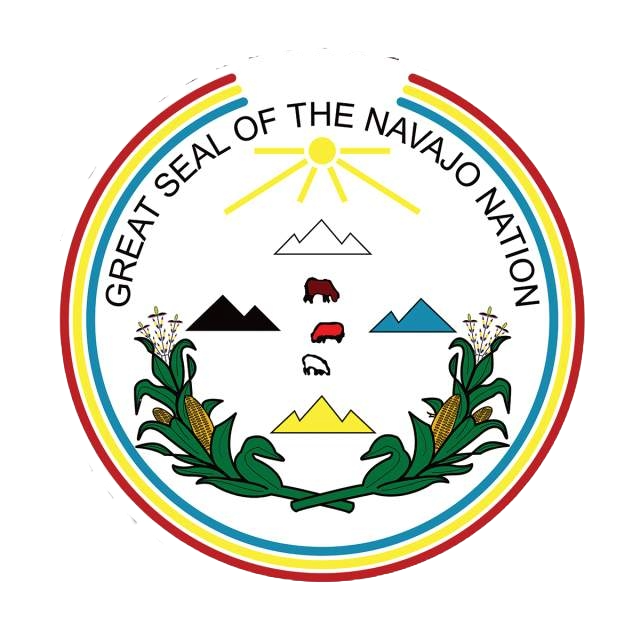
Seedling sourcing — Investment in the local nurseries to assist in building up the capacity.
NAVAJO NATION
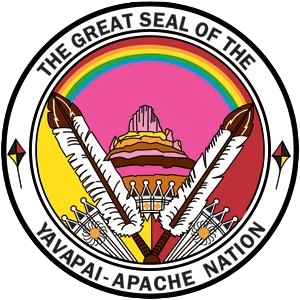
Seedling sourcing — Investment in the local nurseries to assist in building up the capacity.
YAVAPAI - APACHE NATION
More post-wildfire projects
Fresno Wildfire, Spain
Other Land Types
Case studies according to different land types and degradation causes.


